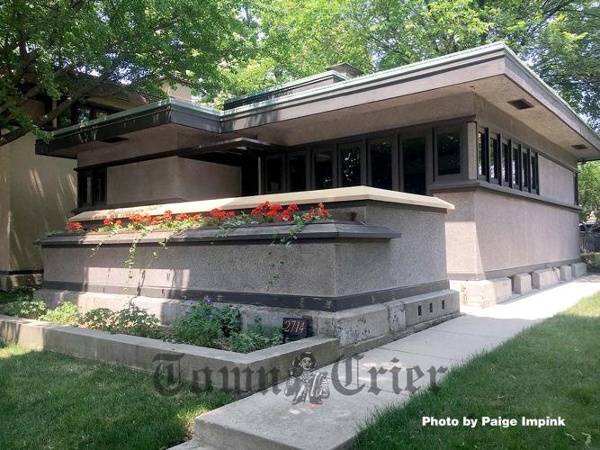AI-powered design tools provide 25-30% efficiency improvements within architectural design workflows, streamlining generative design, improving sustainability, and supporting predictive analytics. According to a study, 68% architectural firms explored or implemented AI-driven tools by 2024.
Without the use of AI, Architectural Scan-to-BIM can be time-consuming, laborious, error-prone, and inconsistent.
Modeling intricate details and geometries from point cloud data can create roadblocks leading to BIM model inaccuracies. Moreover, larger architectural design projects can become difficult to manage due to lack of scalability. AI helps to streamline and manage the data and design workflow, reducing such issues.
For example, while Revit and Navisworks lack the presence of pre-built AI tools, integrations and third-party plugins can help bridge technology requirements.
Aurivus and PointCAD uses AI algorithms to convert point cloud data into 3D BIM model elements and can be integrated with Revit. Similarly, OpenSpace and Cintoo Cloud can support Navisworks in using AI for clash detection and site walkthroughs. Tools like 3D Repo, Verity and CupixWorks provide capabilities such as model federation, automated clash detection, and data validation.
In this article, we discuss the presence of AI-driven technology within the Scan-to-BIM workflow for architecture to automate tasks, enhance accuracy and facilitate data-driven insights for an AI-driven assessment.
How AI supports Scan-to-BIM services in architectural design
Artificial Intelligence (AI) has boosted Scan-to-BIM services significantly through improvements in accuracy, efficiency and automation.
AI-based algorithms assess complex and vast point cloud data from laser scans to identify and classify objects, such as windows, walls and other structural members. This removes the requirement for manual modeling, which can be time-consuming.
Additionally, AI-driven tools help architecture and design teams automatically flag clashes and ambiguities within the Point Cloud to BIM models and scanned realities. This ensures a greater level of accuracy and reduces error risks during on-site construction.
Overall, automation of repetitive tasks and delivery of valuable insights based on data analysis with AI makes Scan-to-BIM workflows seamless, leading to..Read More




